Uzbekistan imported over $1.1 billion worth of vehicles in 2024
Uzbekistan imported vehicles worth $1.18 billion from January to November 2024, with most of the imports, including nearly all electric vehicles, coming from China, according to the Statistics Agency.
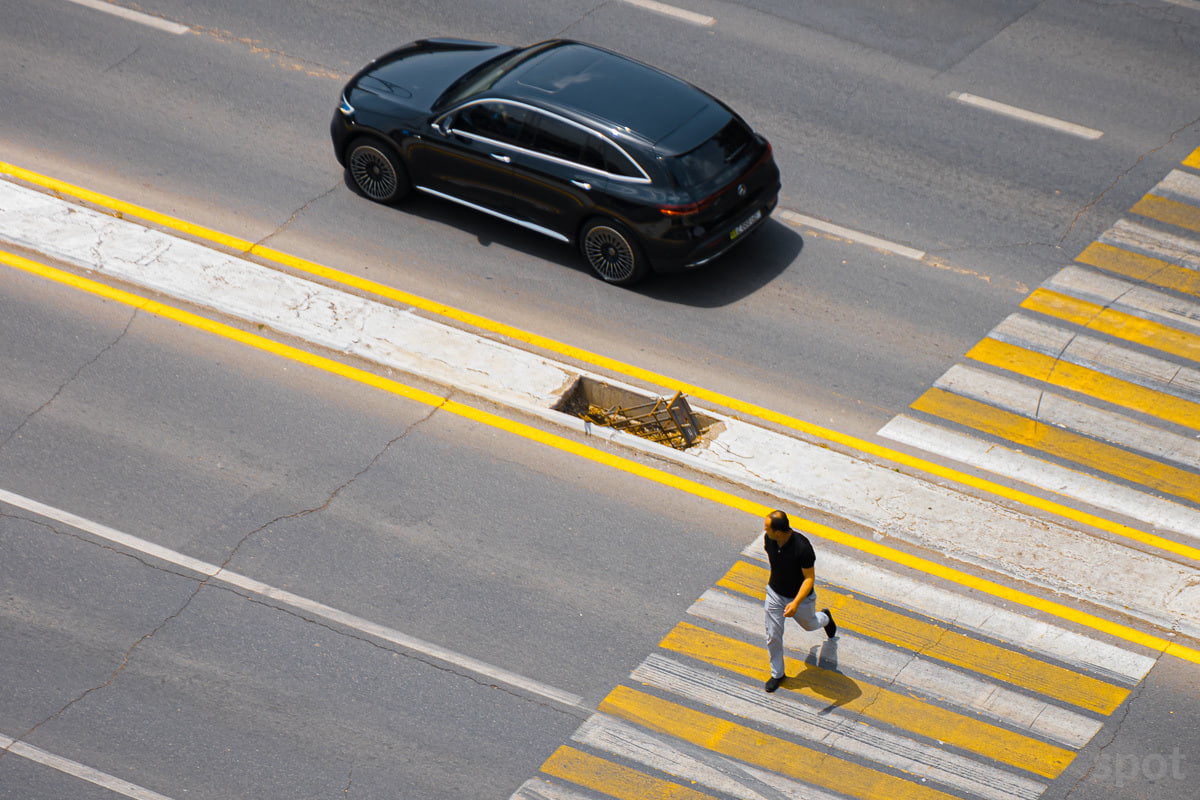
Photo: Spot
A total of 68,684 cars were brought into the country during this period. In the autumn months alone, approximately 20,600 vehicles valued at $206 million were imported. These figures are comparable to 2023, when around 73,000 foreign-made cars entered the market.
Electric vehicles accounted for a notable portion of the imports, with 22,200 units purchased at a total cost of $215.3 million, representing about 18% of the overall expenditure.
China remains the dominant supplier of vehicles to Uzbekistan, exporting 55,700 cars, which comprised 81% of total imports. This included nearly the entire electric vehicle shipment—22,100 units.
South Korea ranked second, providing 11,200 vehicles, followed by the United States, which contributed 633 cars. India and Japan supplied 577 and 152 vehicles, respectively.
In the electric vehicle category, Kazakhstan was the second-largest supplier after China, delivering 51 units. Other notable contributors included Hong Kong (17 units) and Germany (14 units).
Changes in vehicle inspection regulations
On November 1, Uzbekistan introduced a new procedure for inspecting imported cars. Instead of undergoing checks at customs, vehicles are now tested at the UzTest automotive proving ground in Pskent.
The change initially resulted in long queues, with some drivers reporting waits of several days. UzTest attributed the delays to "seasonal factors and increased import volumes." To address the issue, an electronic queue system with QR-code issuance via the Single Portal of Government Services platform was implemented on November 18.
Recommended
List of streets and intersections being repaired in Tashkent published
SOCIETY | 19:12 / 16.05.2024
Uzbekistan's flag flies high on Oceania's tallest volcano
SOCIETY | 17:54 / 15.05.2024
New tariffs to be introduced in Tashkent public transport
SOCIETY | 14:55 / 05.05.2023
Onix and Tracker cars withdrawn from sale
BUSINESS | 10:20 / 05.05.2023
Latest news
-
Uzbekistan’s economy grows by 6.8%, GDP tops $25 billion in Q1
BUSINESS | 19:59
-
Uzbekistan establishes diplomatic relations with Côte d’Ivoire
POLITICS | 19:55
-
Evolving U.S. policy on Afghanistan: From counterterrorism to strategic engagement
POLITICS | 19:44
-
Russia commits to ensuring rights of Uzbek migrants in a new agreement
SOCIETY | 18:10
Related News
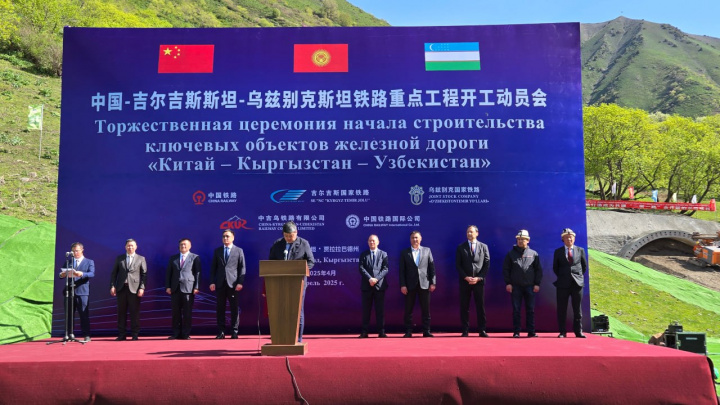
18:07 / 29.04.2025
Three major tunnels under construction as China–Kyrgyzstan–Uzbekistan rail project advances
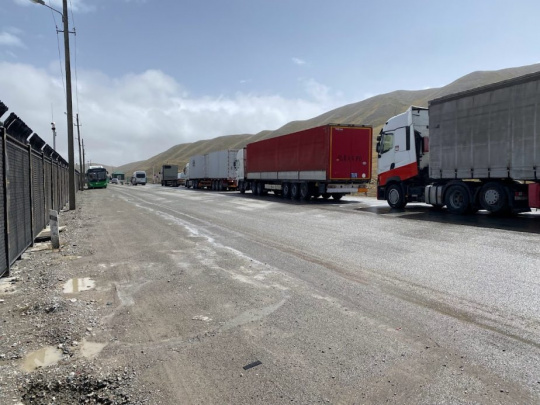
15:38 / 29.04.2025
Transport Ministry threatens sanctions for misuse of regional transit permits
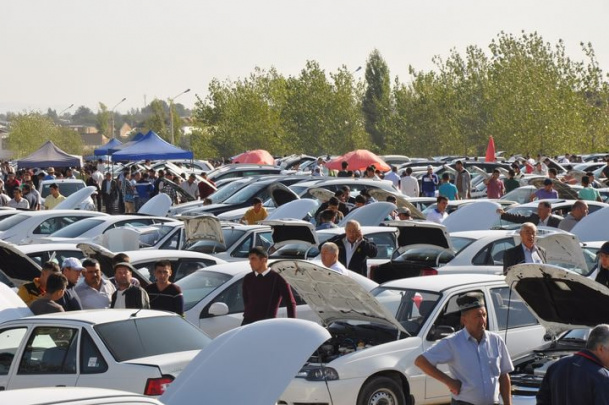
12:56 / 29.04.2025
Uzbekistan’s passenger car market slows in March
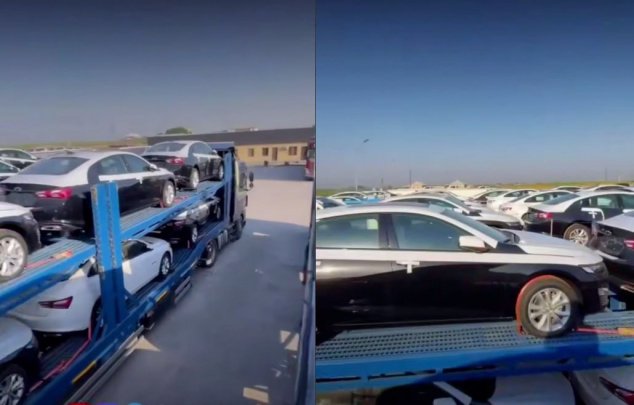
11:30 / 29.04.2025



